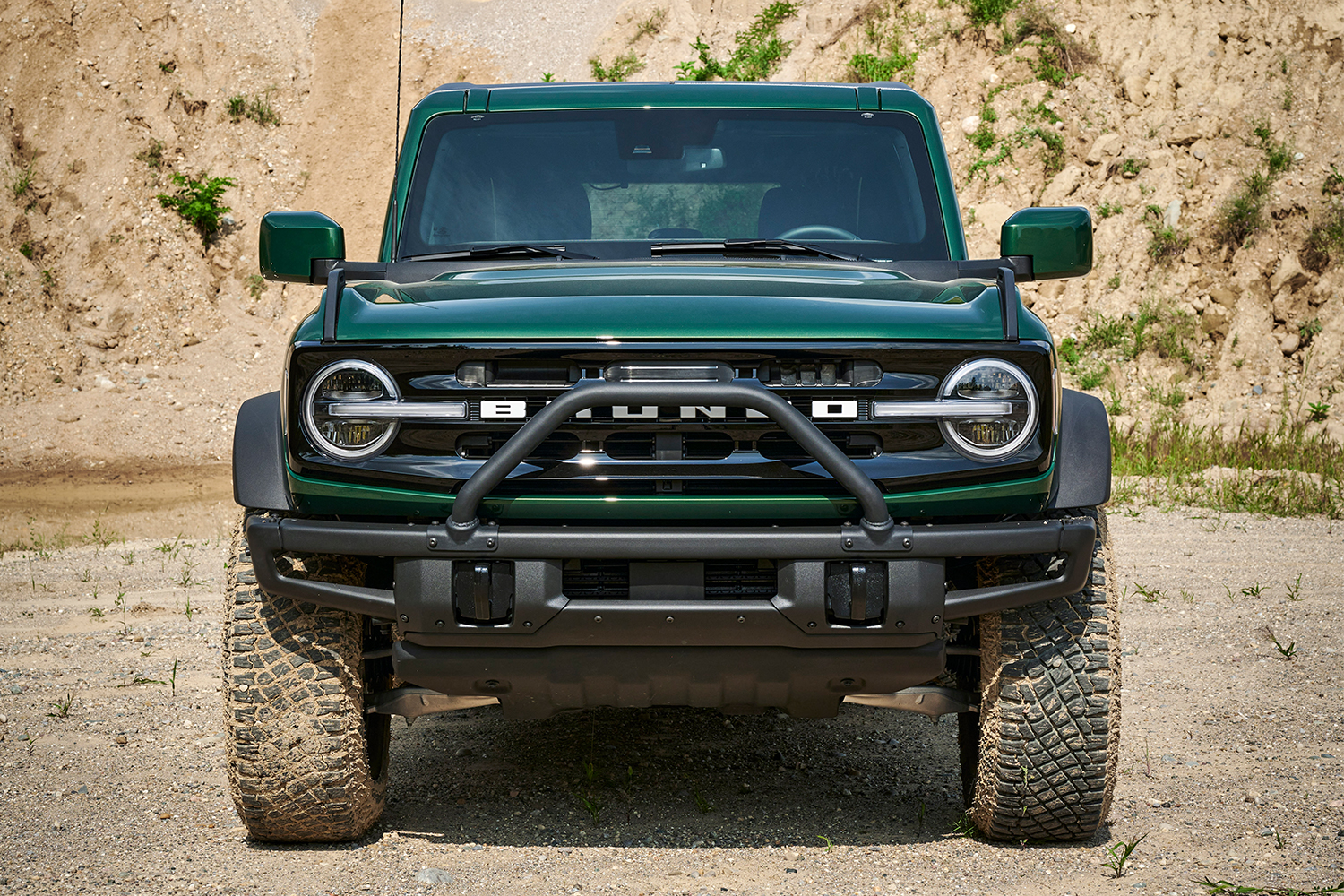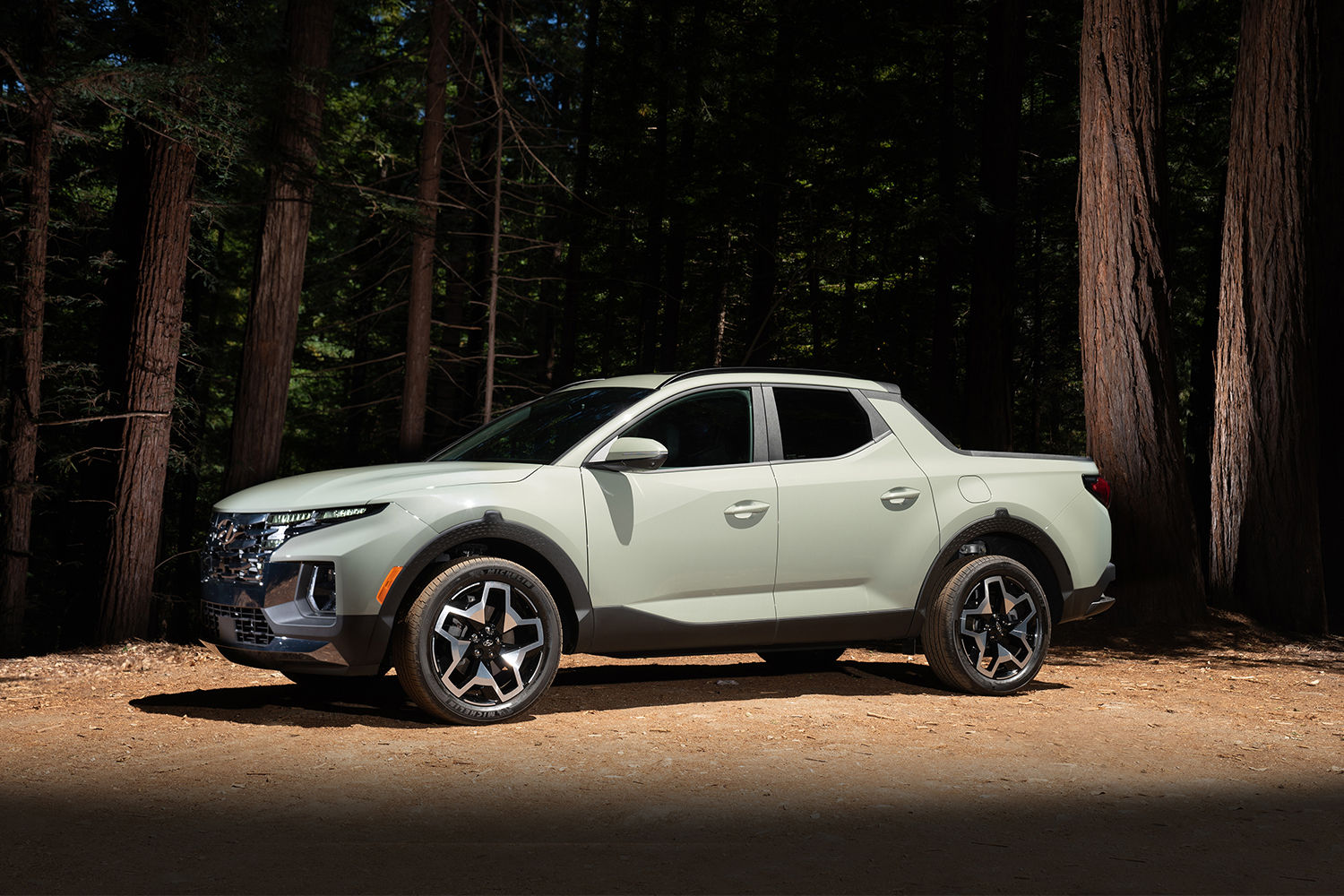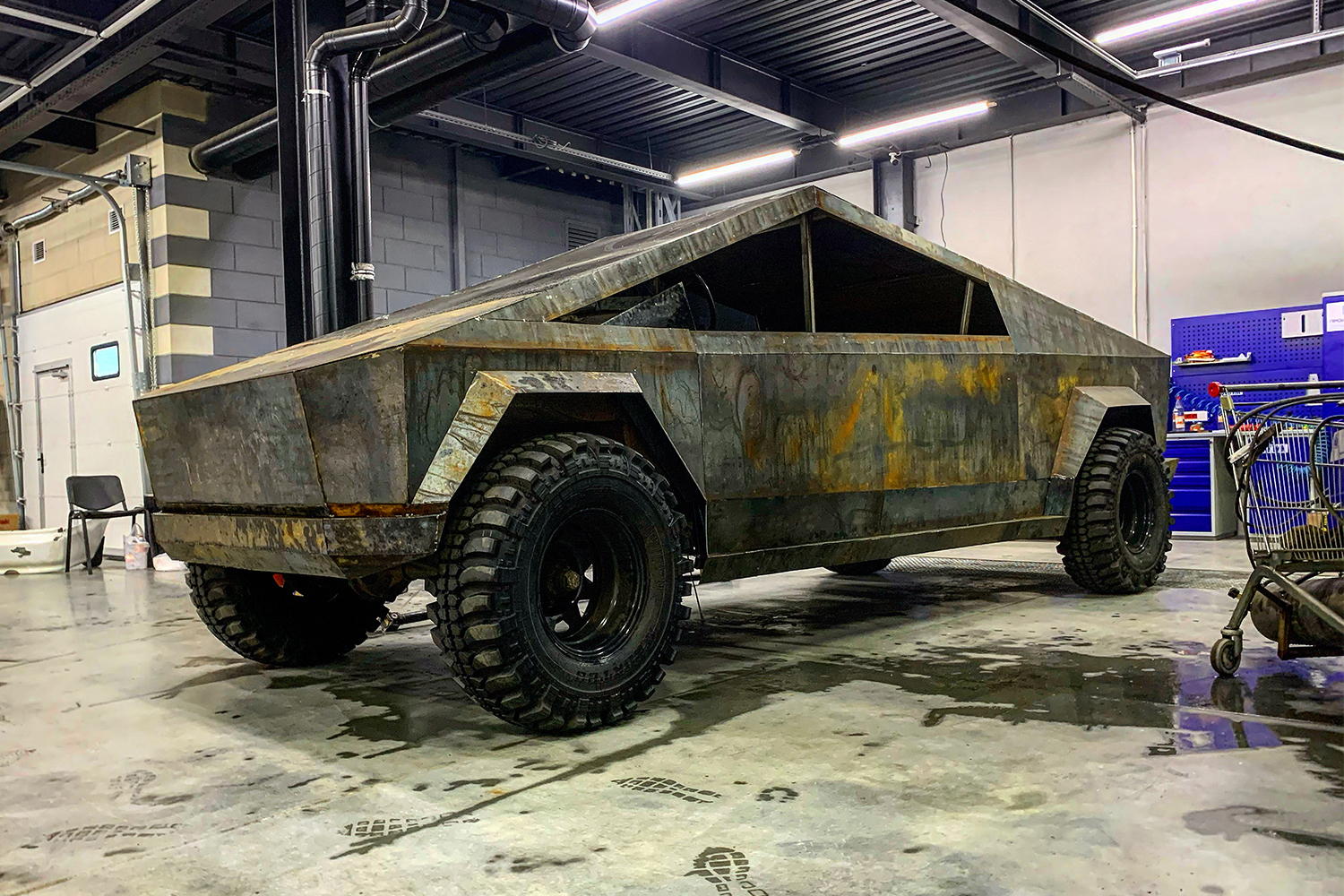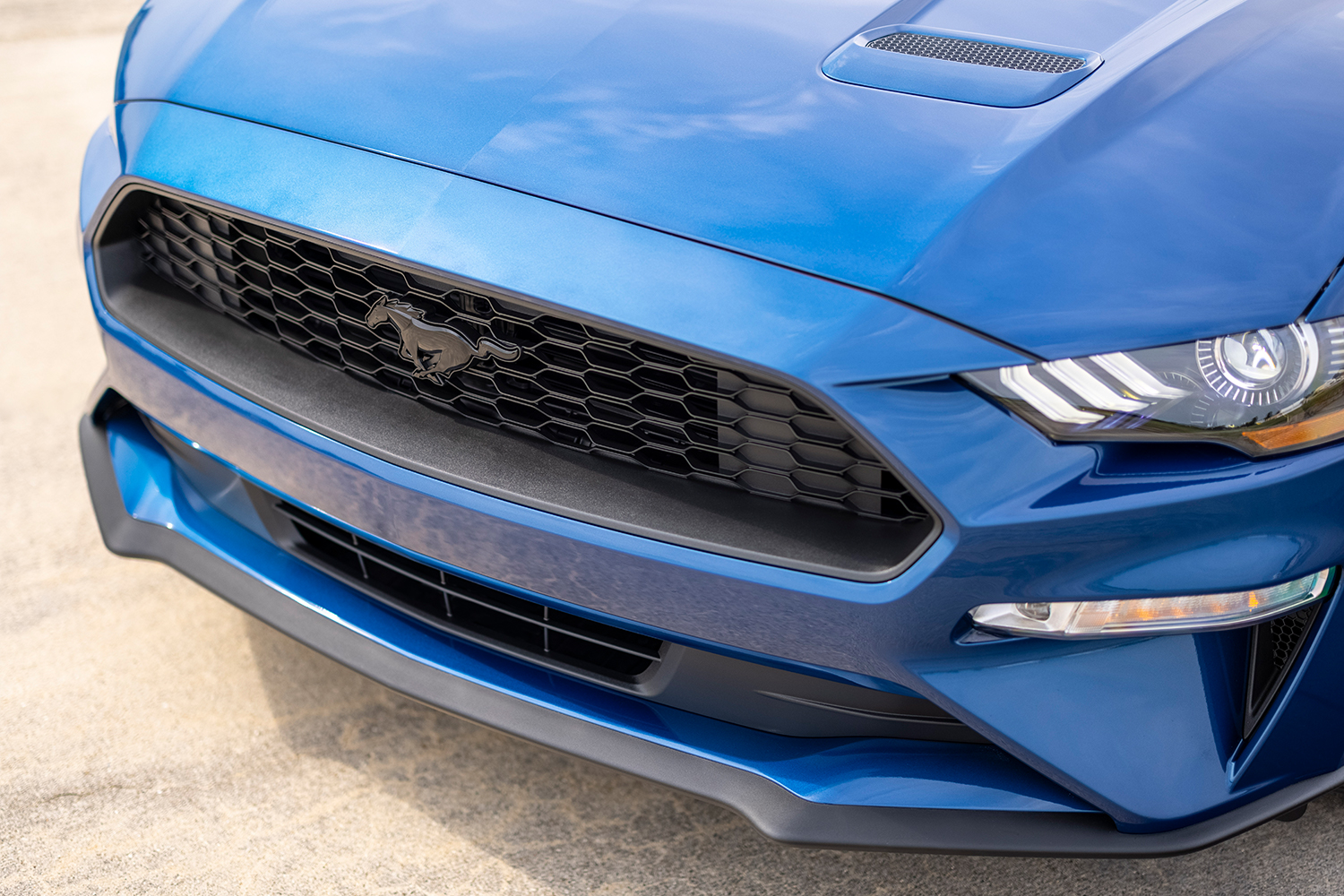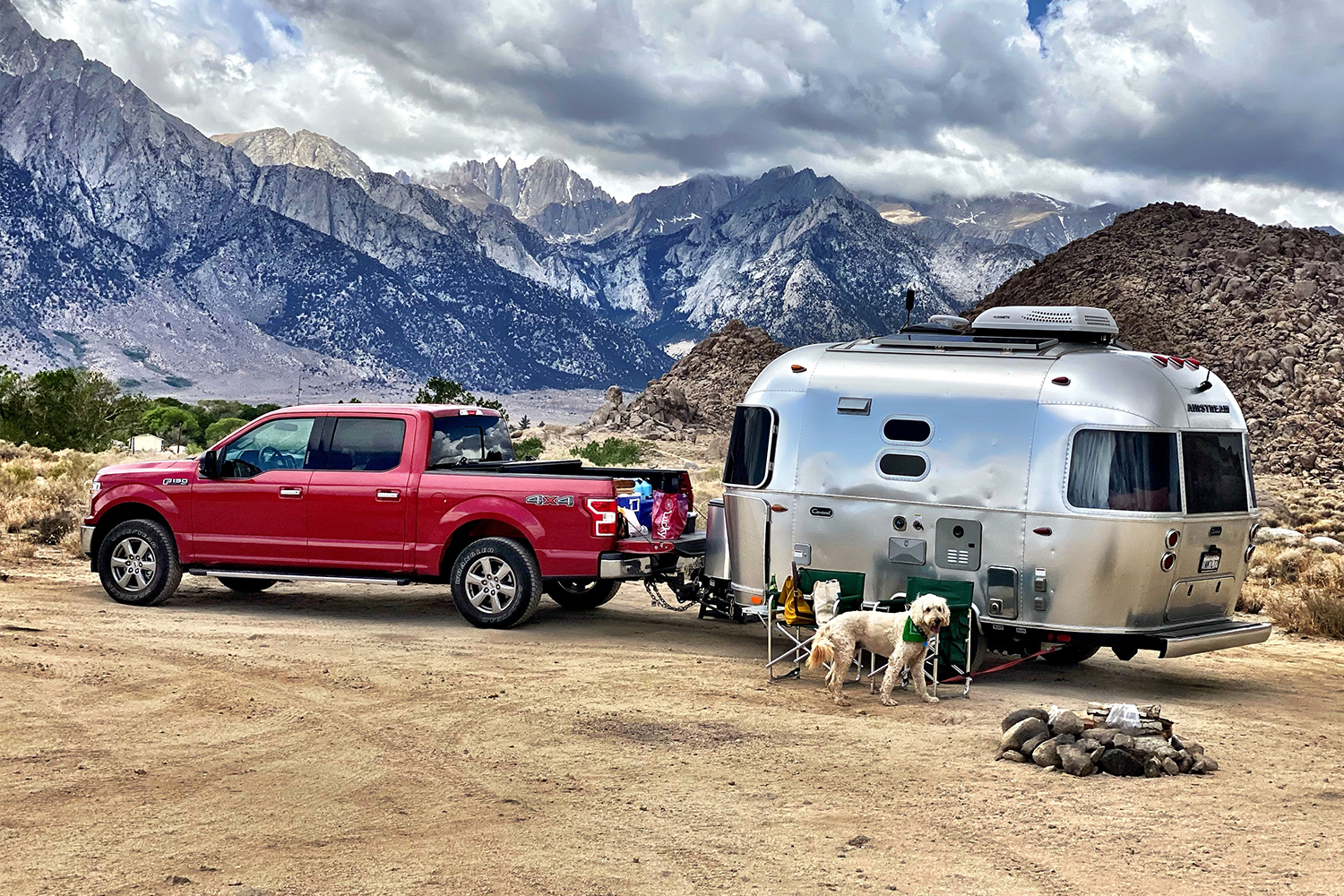There’s a bottom-up revolution currently underway in the pickup world, a segment better known for the top-down dominance of the ultra-rugged full-size models that regularly lead America’s best-selling vehicles lists. For the first time in over a decade, buyers have a choice between a pair of compelling compact models, each of which steps outside of traditional truck turf to offer a crossover-based, car-like driving experience to go with their open-bed practicality and adventurous styling.
Of the two, the Hyundai Santa Cruz stands as the more upscale entry, a quick and luxury-laden choice that should appeal to those seeking both a plush commuter and a flashy lifestyle accessory that’s not afraid to get its boots dirty at a weekend campsite.
The other’s story, written as part of a madcap design surge at current truck king Ford, is a little more complicated. You see, while the all-new Ford Maverick is ostensibly aimed to intrigue a set similar to those whose heads have been turned by the Hyundai, its roots are buried in more accessible — and in some ways, more innovative — soil.
With a starting price that flies in the face of the soaring window stickers more commonly found on pickups, and featuring a barebones aesthetic that Ford trumpets as a feature, not a sore point, the Maverick sets out to make it cheap and make you like it. It’s one of the most intriguing gambits to have emerged from truck-mad Detroit in many, many years, and it’s one that’s hard to see as anything other than a roaring success.

Share and Share Alike
The Ford Maverick springs from the same platform-sharing surge at the Blue Oval that created the Lightning EV pickup from the F-150 and the Bronco Sport SUV out of the Escape. It’s all part of a creative whirlwind that’s been repurposing old names, new technologies and existing off-the-shelf components, and then wrapping them with a styling verve that craftily conceals the links between a pickup like the four-door Maverick and the crossover Escape bones it borrows.
It’s also a cunning way to keep costs down — or, in the case of Ford’s compact truck, push them all the way into the basement. With a starting MSRP of $19,995, the Maverick is $4,000 cheaper than the base version of its Santa Cruz competitor. Want something a little more dressed up than the admittedly utilitarian Maverick loss-leader? The top-tier Lariat trim checks in at $25,860, which is roughly equivalent to a barebones mid-size Ford Ranger.
It’s also important to note that the savings don’t begin and end with the Ford’s monthly payment. The Maverick’s standard engine is a 2.5-liter four-cylinder unit that’s paired with a single electric motor, producing 191 horsepower but more importantly providing up to 42 mpg in city driving. You’d have to drop a full-size pickup from the top of a 10-story building to achieve anything resembling that level of efficiency.

Starting From the Bottom
My own personal Maverick experience diverged somewhat from the truck’s cost-conscious narrative. I spent my time in a Lariat edition equipped with the vehicle’s optional turbocharged 2.0-liter four-cylinder motor (a $1,085 option), which is the only way to currently spec the front-wheel drive pickup with an all-wheel drive system (which is $3,305 more). Rated at 250 horses and 277 lb-ft of twist, and matched with an eight-speed automatic transmission, it’s a much mightier motor (and one that lowers fuel economy to 22 mpg city and 29 mpg highway, numbers that are still impressive in the trucking panoply).
The Lariat’s charms extended past its power, with leather upholstery, a reasonably cheerful cabin presentation and a full scope of safety gear joining the contents of the Lariat Luxury Package (including adaptive cruise control, heated seats and steering wheel, and upgraded infotainment). With the 4K towing package (up to 4,000 lbs of trailer capacity) and the FX4 off-road package (modest skid plating underneath and beefier rear shocks) in place, my rig pushed past the $36,000 mark. This is still thousands less than a correspondingly decked-out edition of its quicker Santa Cruz competitor (which also out-tows and out-hauls it, natch).

The Pleasures of Paying Less
Is there any wisdom in buying the most expensive version of a very cheap truck? For the most part, while I enjoyed the SYNC 3 setup that controlled the Lariat’s digital dashboard and infotainment features, and benefited from its adaptive cruise system when stuck in city traffic, it was easy to imagine leaving these items behind and feeling equally at home in the more basic outlines of the pickup, which remain so clearly visible.
Switchgear, plastic panels and most of the truck’s practical features are clearly hewn from cost-focused materials, which contrasts strongly with its Hyundai rival’s high-end trappings. Paying more might net you “more” in the Maverick, but it’s arguable that the lesser side of the ledger is where the true spirit of the truck is found. A mid-tier XLT trim can be made quite comfortable with a few judicious ticks on the order sheet while saving nearly $10,000 in the process.
This is particularly true if one sticks with the front-puller pickup in place of the AWD EcoBoost model. It’s hard to understand why we haven’t seen all-wheel drive available yet with the Maverick’s hybrid engine (after all, it’s available on the battery-assisted Escape), but with orders of the entry-level truck suspended until summer of 2022 due to supply constraints it’s easy to blame Ford’s supply-chain woes for the omission.
The EcoBoost engine does deliver perfectly acceptable acceleration, and if towing or hauling are a concern it’s likely your best choice. That being said, this isn’t a truck that will ever see the trail, and all-wheel drive is likely only necessary for those who face a daily winter reality of unplowed roads. The slower but much more frugal hybrid is an astonishingly inexpensive gateway into the pickup world, and while it may offer a less-sophisticated rear suspension compared to the AWD Maverick’s independent setup, the on-road charms of its unibody construction are much more akin to a smooth SUV than even the softest of next-step-up mid-size trucks on the daily drive.

Doing Something Different
Herein lies the unusual proposition made by the Ford Maverick. With such an astonishing range of features and equipment encapsulated by a relatively narrow band of starting prices, there’s truly something for everyone to be found in its lineup. Scoff at the limitations of its 4.5-foot bed if you must, but it’s hard to argue against its added utility when compared against the equally modest cargo compartments of the subcompact crossovers that cluster around its price point.
The Maverick will never be at the top of anyone’s towing list, nor does it evince the kind of hairy-chested off-road posturing so common among larger trucks. This, however, is by design: rather than bust its knuckles on boulders, this fun-size Ford is intended to deftly maneuver through an urban landscape, keep the blood from boiling over at the fuel pump, and still accommodate a kayak or mountain bike (with a bed extender in place, of course) on the weekend.
Truth be told, that’s a far more appealing profile to many Americans, especially those seeking an affordable commuter that steps outside the sport-utility sandlot that has come to define entry-level practicality in most automotive showrooms. The Ford Maverick, regardless of guise, is a legitimate alternative to both the super-steroidal pickup truck norm and the sterile sameness of the crossover commons, making it one of the most compelling vehicles currently on the market.
This article was featured in the InsideHook newsletter. Sign up now.


